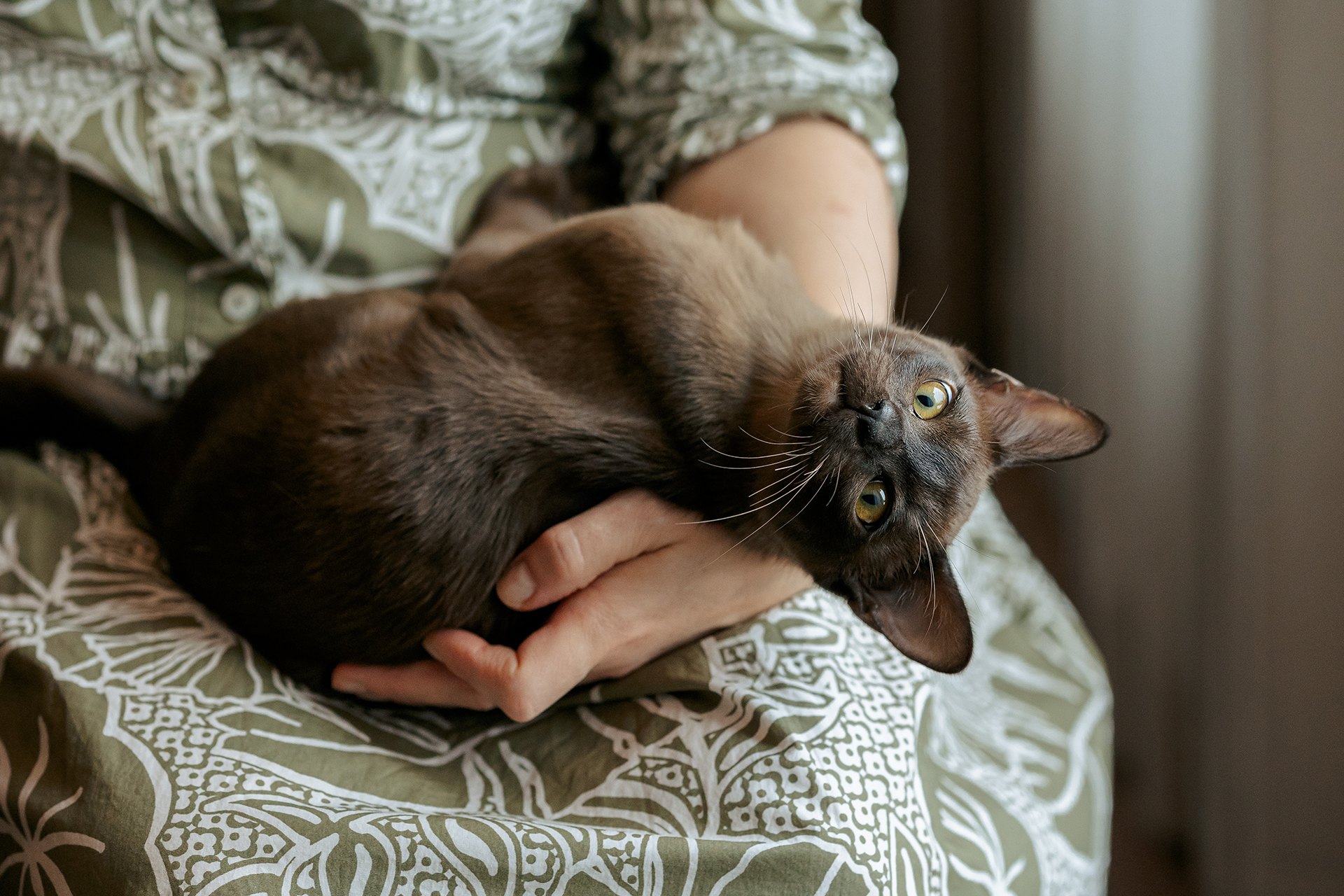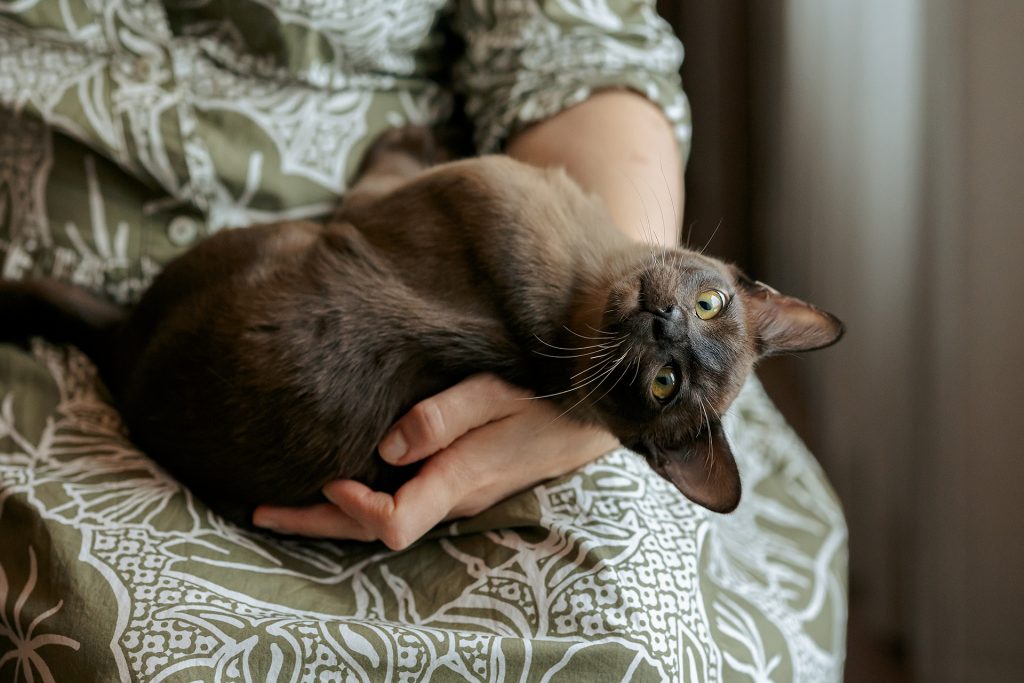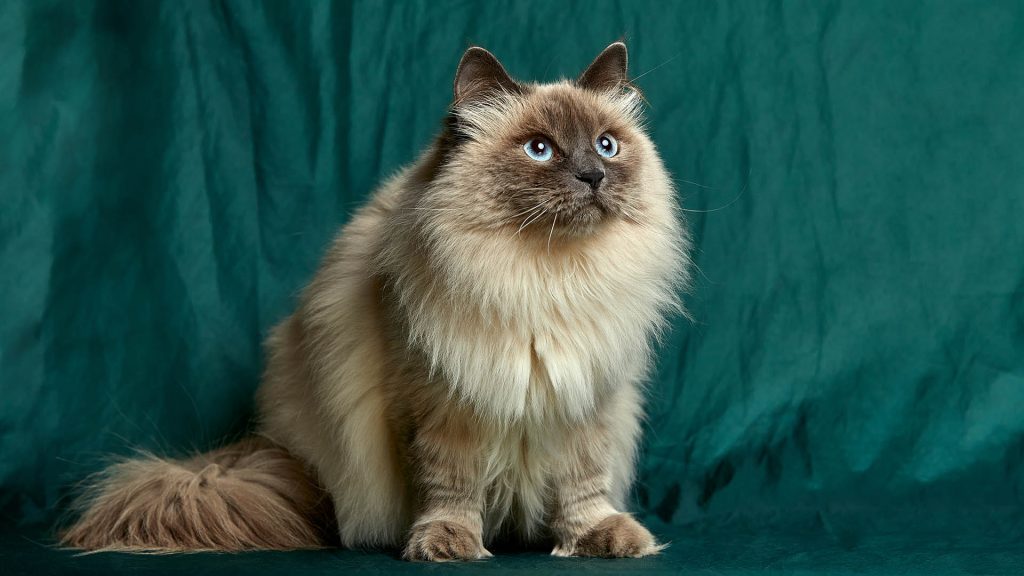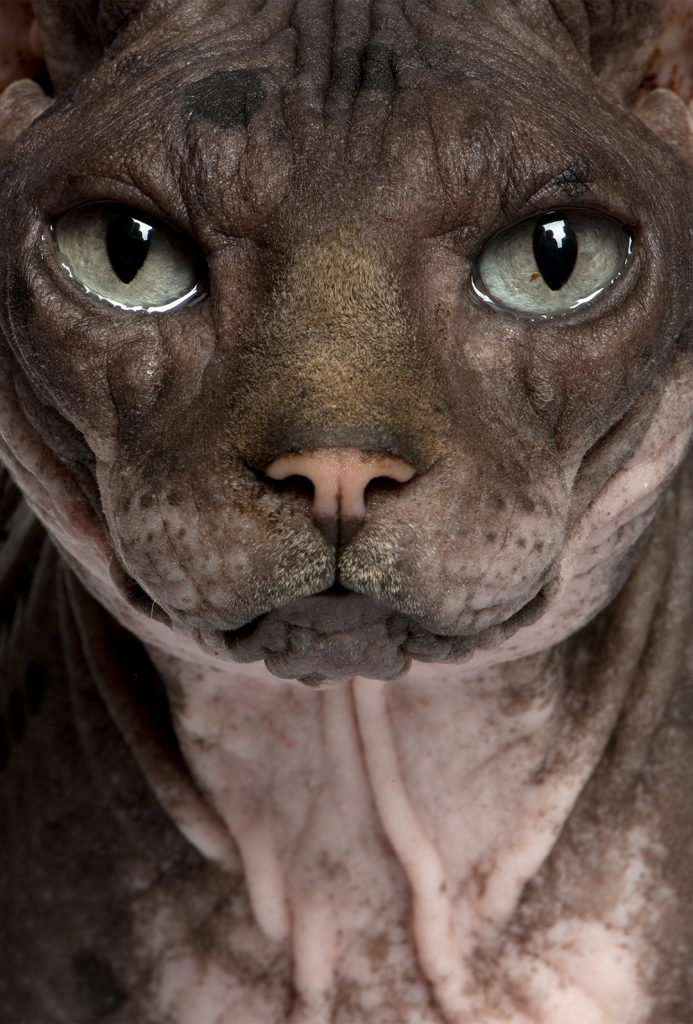A comprehensive study analyzing the lifespans of nearly 8,000 cats in the United Kingdom has revealed significant differences in longevity among various breeds.
They looked at what cat breeds lived the longest and what cat breeds lived the shortest amount of time in comparison.
Published in the Journal of Feline Medicine and Surgery, the research found that Burmese and Birman cats have the longest average life expectancies, while Sphynx cats tend to have the shortest.
The study, which reviewed data from cats that died between January 2019 and March 2021, aimed to provide cat owners with valuable insights into their pets’ health and longevity.
“The main motivation was to use data to empower people to make informed decisions about their cat’s health care,” said Dan O’Neill, a companion-animal epidemiologist at the Royal Veterinary College in London and co-author of the study.
According to the findings, pet cats in the UK have an average life expectancy of 11.7 years at birth. However, this figure varies significantly between breeds.
Crossbred cats generally outlived purebred cats by about 1.5 years. Among the breeds studied, Burmese and Birman cats had the highest average life expectancies at 14.4 years. In contrast, Sphynx cats had the shortest average lifespan, living only 6.7 years on average. This shorter lifespan is likely due to genetic predispositions to heart conditions and other diseases.
The Burmese Cat
The Burmese cat is a medium-sized breed known for its sleek, muscular body and distinctive, expressive eyes. This breed typically has a short, fine, and glossy coat that comes in various solid colors, including sable, champagne, blue, and platinum.
Burmese cats are renowned for their affectionate and playful nature, making them excellent companions. They are highly social and enjoy interacting with their human families, often following them around the house. Intelligent and curious, Burmese cats are known for their energetic personality and can be quite vocal, communicating their needs and desires. Their friendly disposition and adaptability make them a popular choice among cat lovers.
The Birman Cat (Scared Cat of Burma)
The Birman cat is a striking breed known for its distinctive appearance and gentle demeanor. Medium to large in size, Birmans have a sturdy, muscular build with a silky, medium-length coat that is easy to maintain. Their fur is typically light-colored with darker points on the ears, face, paws, and tail, similar to a Siamese cat. One of their most notable features is their deep blue eyes, which stand out against their contrasting fur. Birmans are also known for their white “gloves” on their paws, adding to their unique and charming look.
Personality-wise, Birman cats are affectionate, sociable, and friendly. They enjoy being around people and are known for their gentle, calm nature. Birmans are not as vocal as some other breeds but are very communicative with their expressive eyes and body language. Their playful yet laid-back temperament makes them excellent companions for families and individuals alike.
The Sphynx Cat
The Sphynx cat is a unique and eye-catching breed, best known for its lack of fur. This hairlessness gives the Sphynx a distinctive appearance, with its wrinkled skin, prominent cheekbones, and large ears standing out. Despite their bald look, Sphynx cats may have a fine layer of peach-fuzz-like hair that feels warm and soft to the touch.
The breed comes in a variety of skin colors and patterns, which can range from solid to spotted or tabby. Sphynx cats are medium-sized with a muscular, athletic build and a long, tapering tail.
Personality-wise, Sphynx cats are extremely affectionate, outgoing, and playful. They are known for their curious and energetic nature, often seeking out human companionship and attention. Sphynx cats are social and friendly, getting along well with other pets and children. They are also known to be quite vocal, using a range of sounds to communicate with their owners.
Due to their lack of fur, Sphynx cats require special care, including regular baths to remove oils from their skin and protection from extreme temperatures. Their loving and sociable demeanor makes them delightful and engaging companions.
Cat Breed Life Tables
The researchers developed “life tables” to provide a more nuanced understanding of cats’ projected lifespans. These tables estimate the average remaining life expectancy at any given age, excluding data on cats that died before reaching that age. This method offers a clearer picture of longevity for both owners and veterinarians.
Several other factors were found to influence a cat’s lifespan. Female cats lived, on average, 1.3 years longer than male cats. Additionally, spayed and neutered cats had a longer life expectancy, living 1.1 years longer than their intact counterparts.
Cultural preferences, such as whether cats are kept indoors or allowed outside, also play a role in their lifespan, though these factors are harder to quantify. Veterinary clinics typically do not record a cat’s outdoor activity, and such behaviors can change if a cat is rehomed.
The study’s findings have practical implications for cat owners and veterinarians, particularly when making decisions about adoption, medical treatment, or euthanasia. “The life tables give cat owners and veterinarians more information to consider when making important decisions,” said Kendy Teng, a small-animal epidemiologist at National Chung Hsing University in Taiwan and co-author of the study.
The publication of the study also had an unexpected emotional impact on cat owners. Teng noted that many cat owners expressed a newfound appreciation for their pets’ lives.
“A lot of people were saying, ‘The time is so short. I need to treat my cats better, or to treasure the time that we have,'” she shared. This reaction underscores the importance of cherishing the time and connection pet owners have with their cats.
As the study continues to be discussed and shared, it provides a meaningful perspective on the lifespans of different cat breeds and emphasizes the value of informed pet care decisions.





